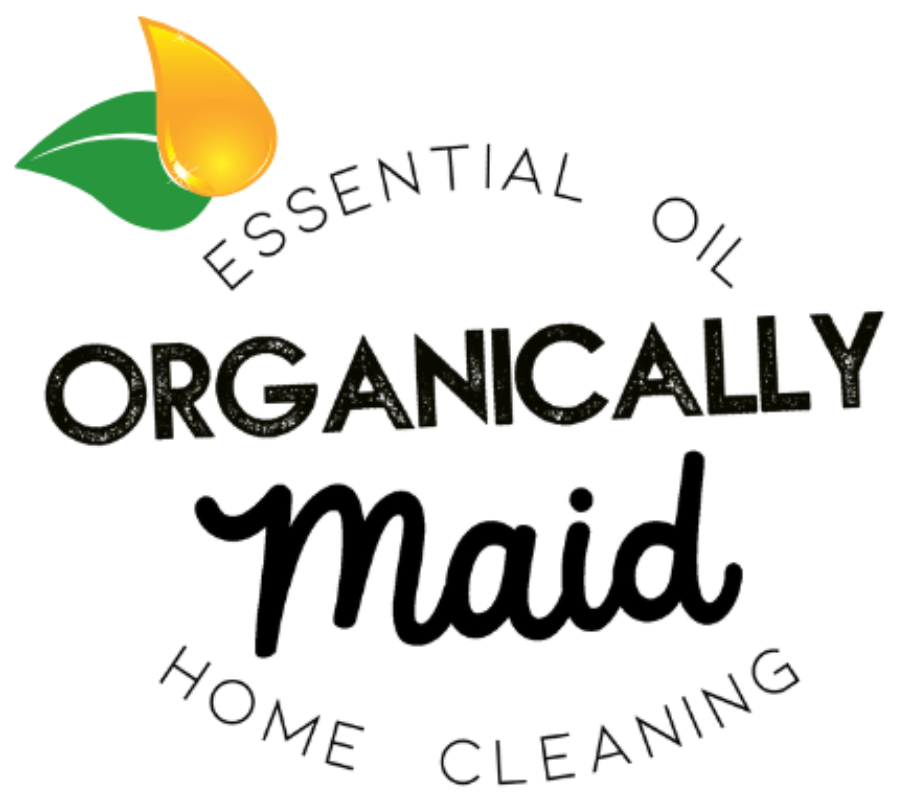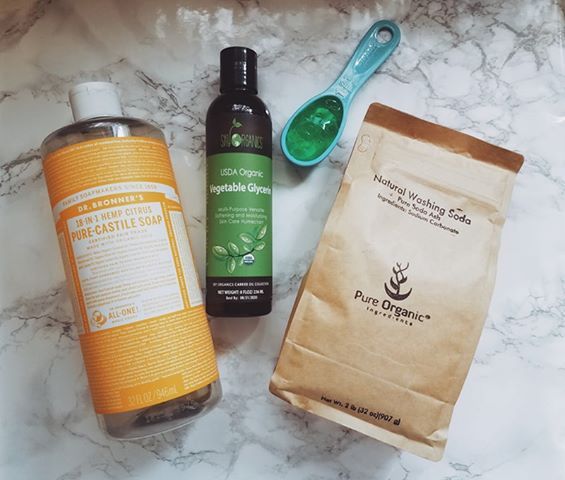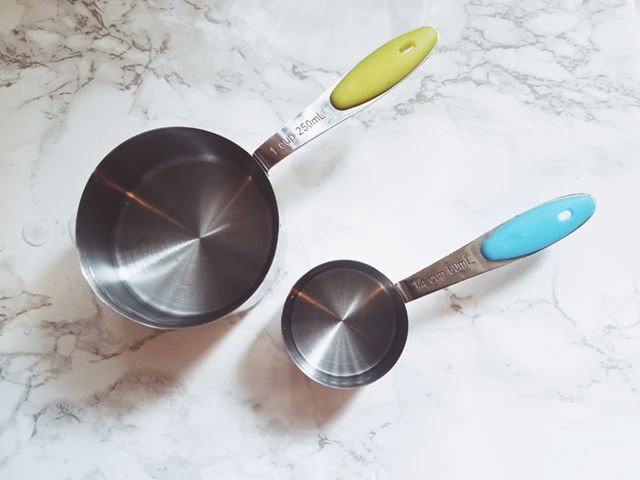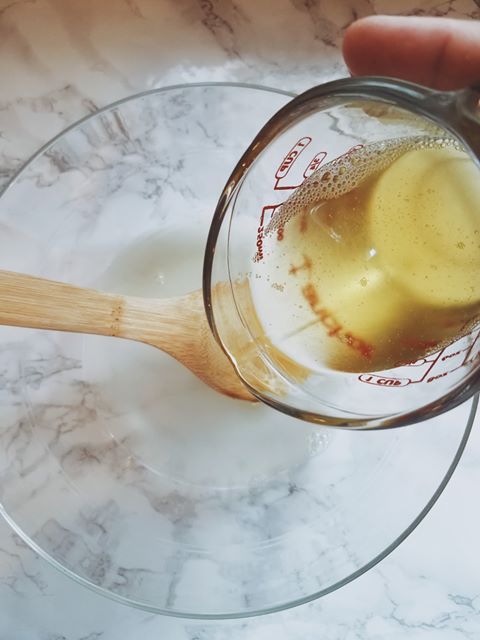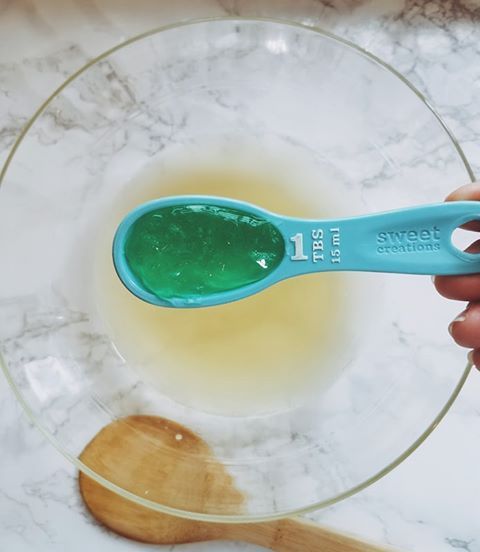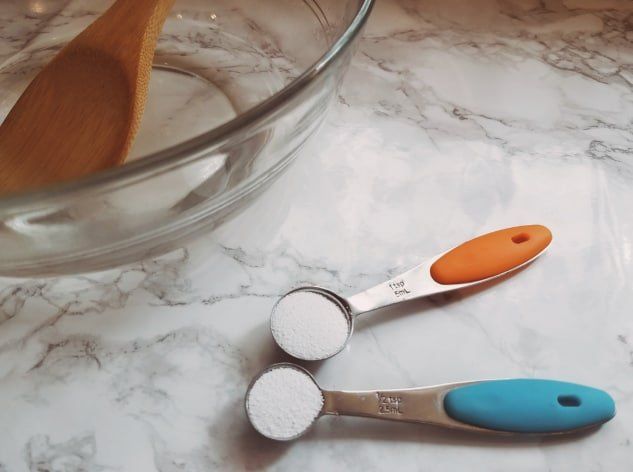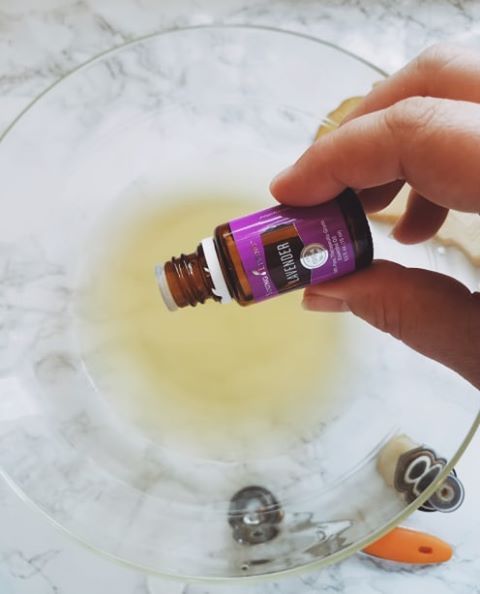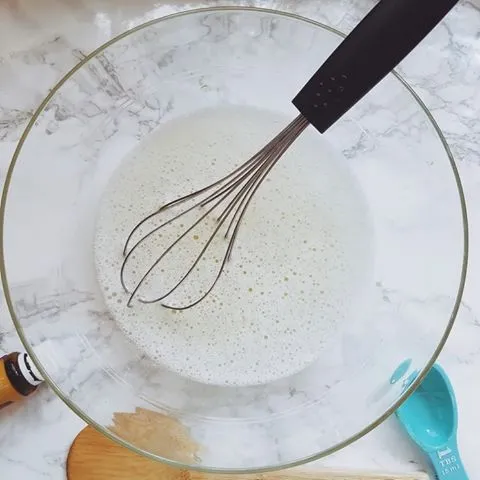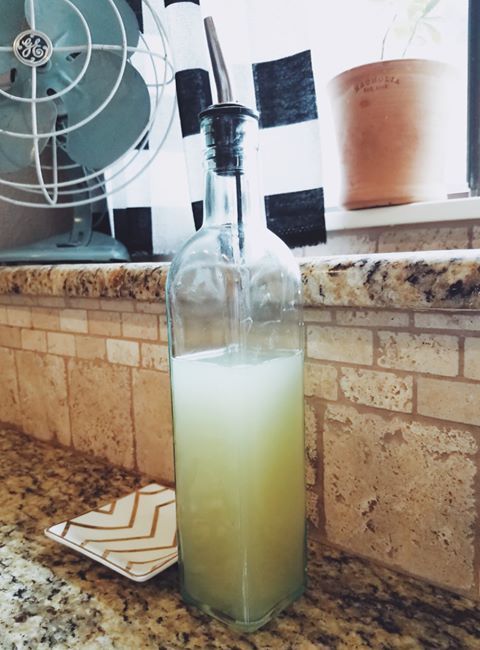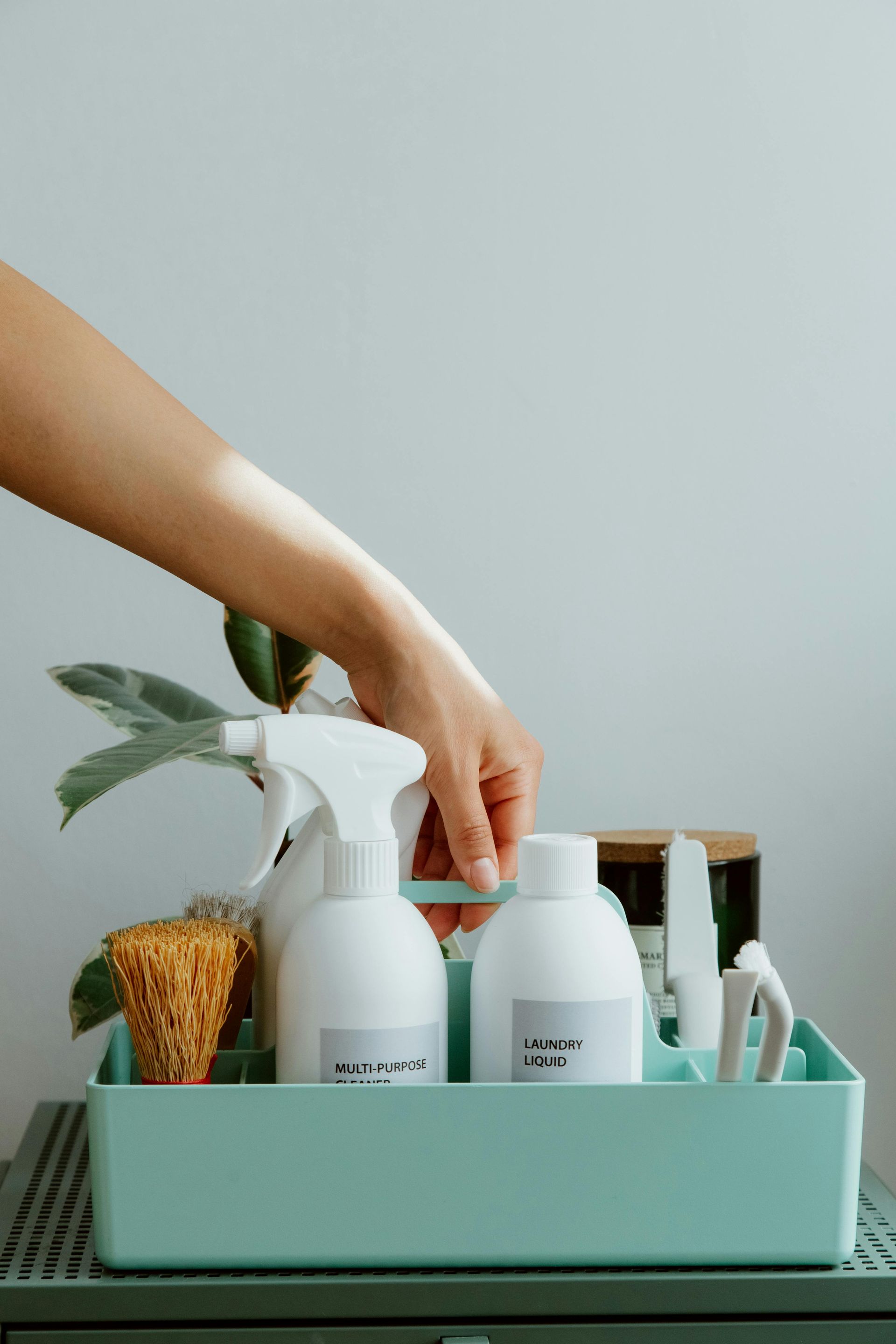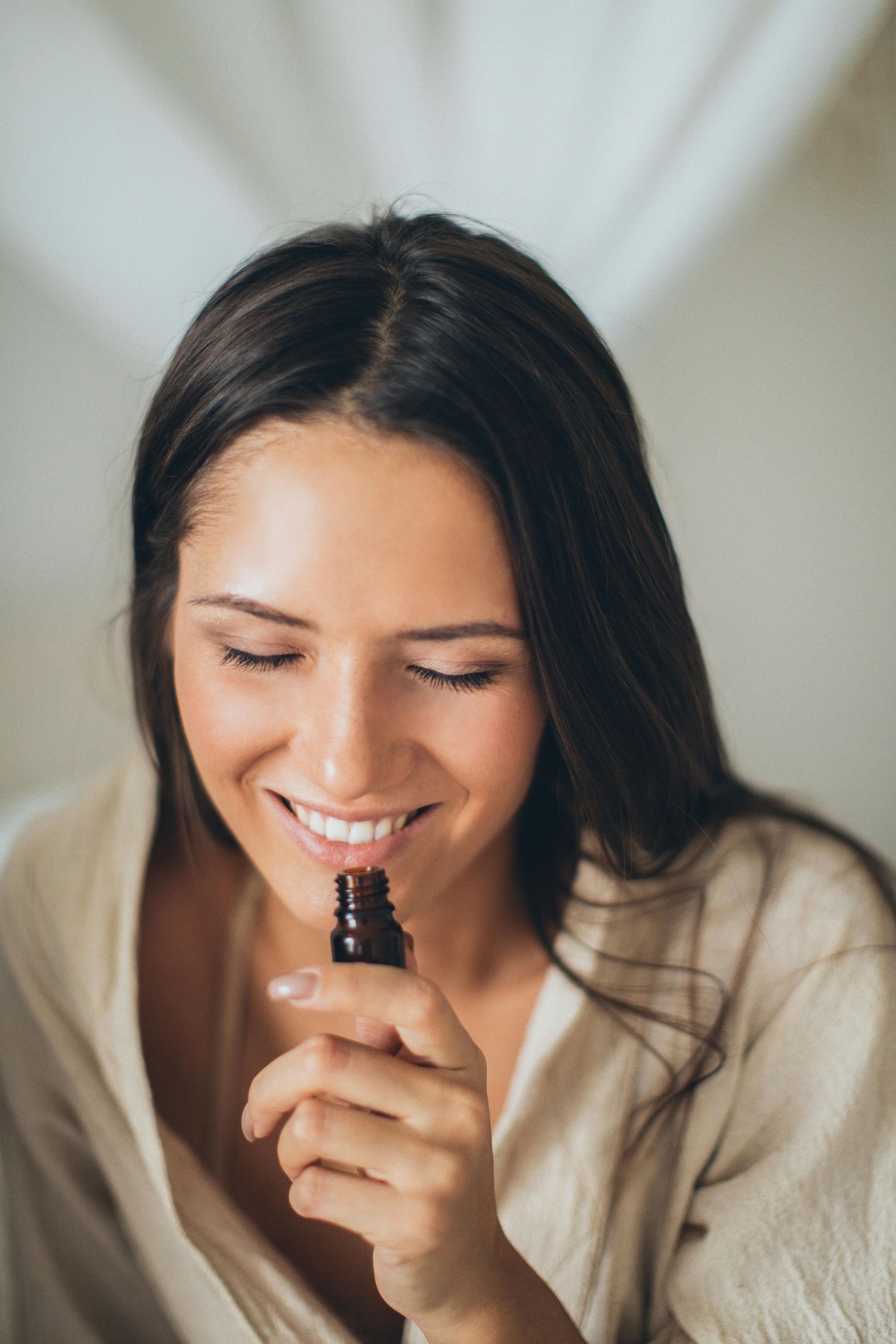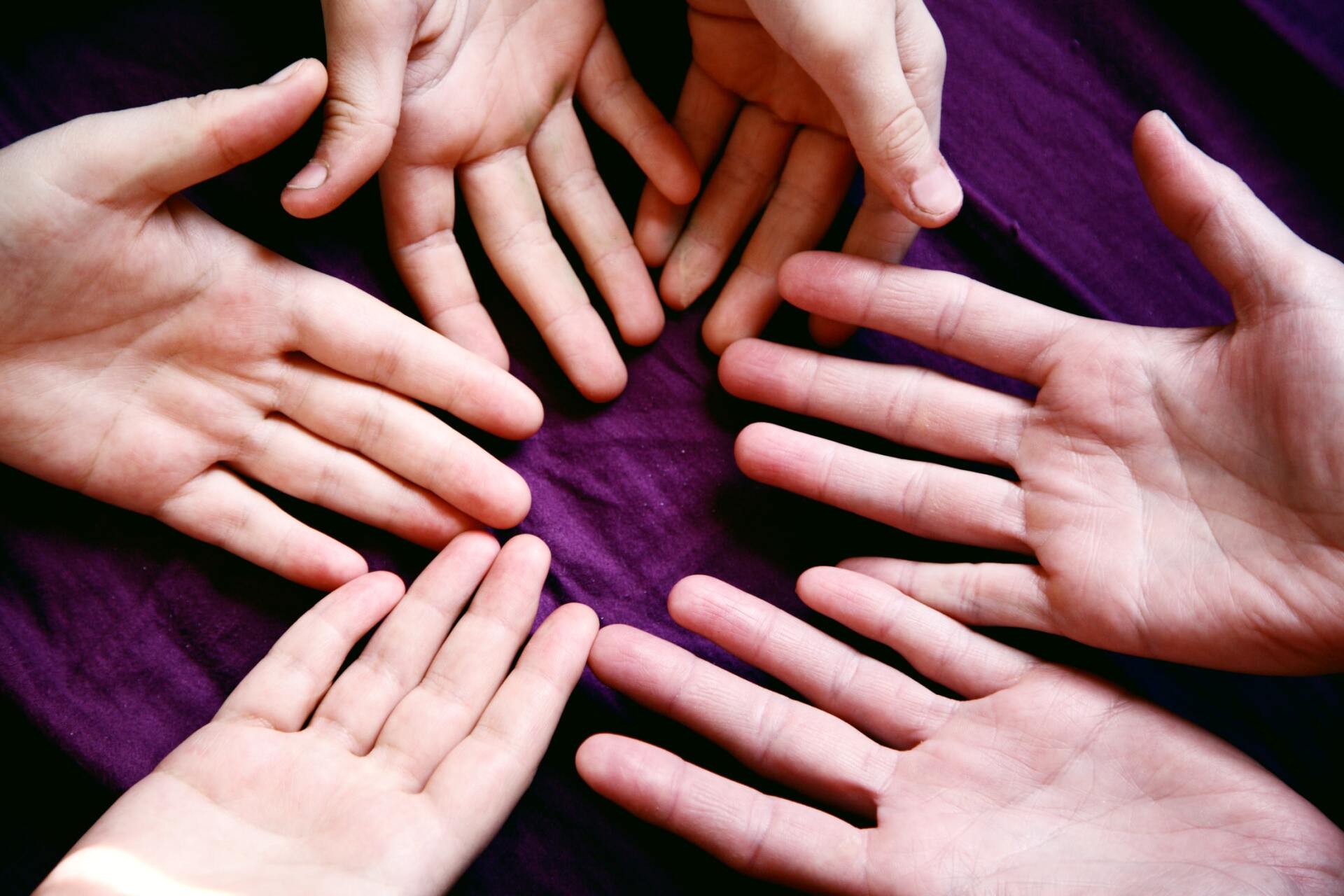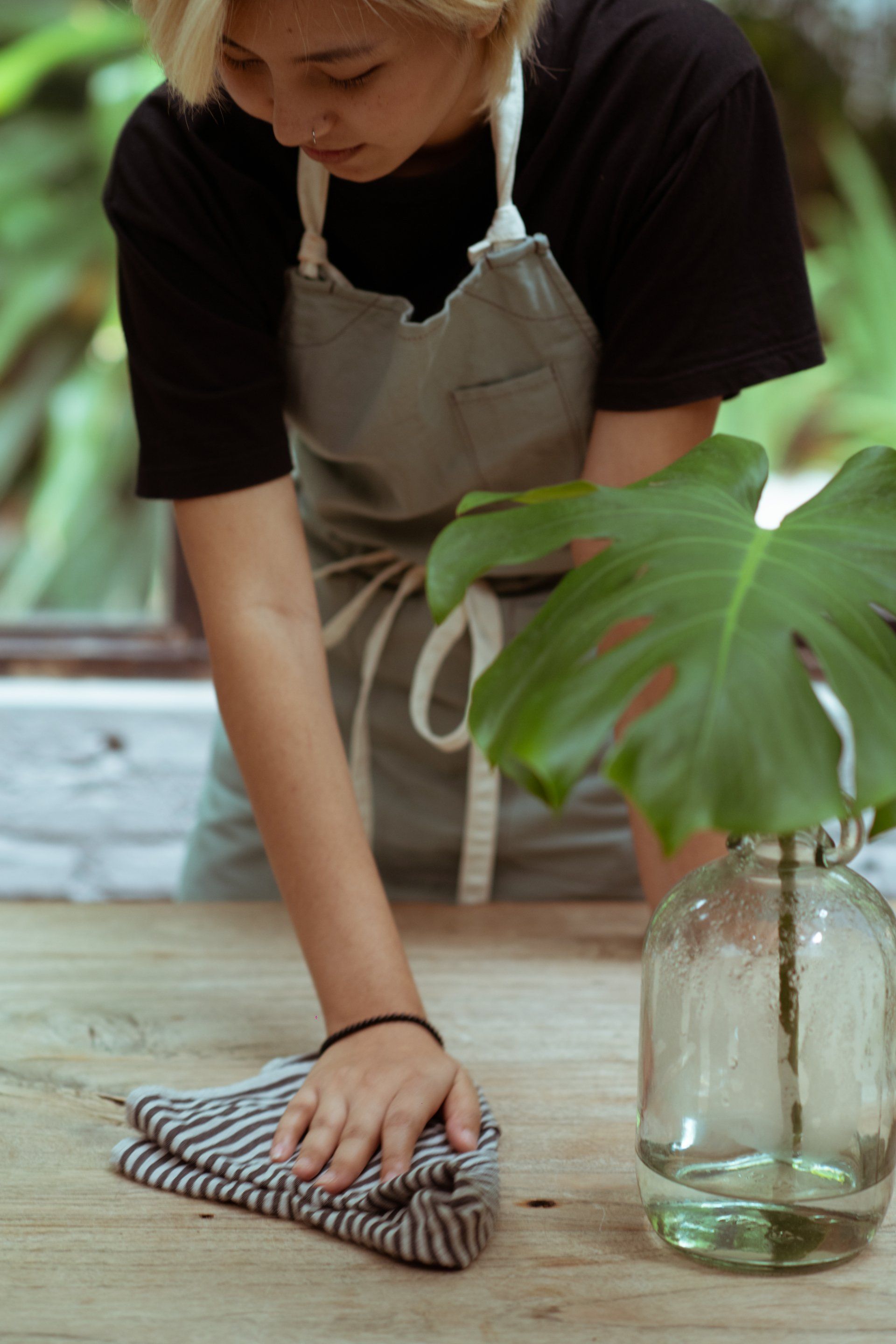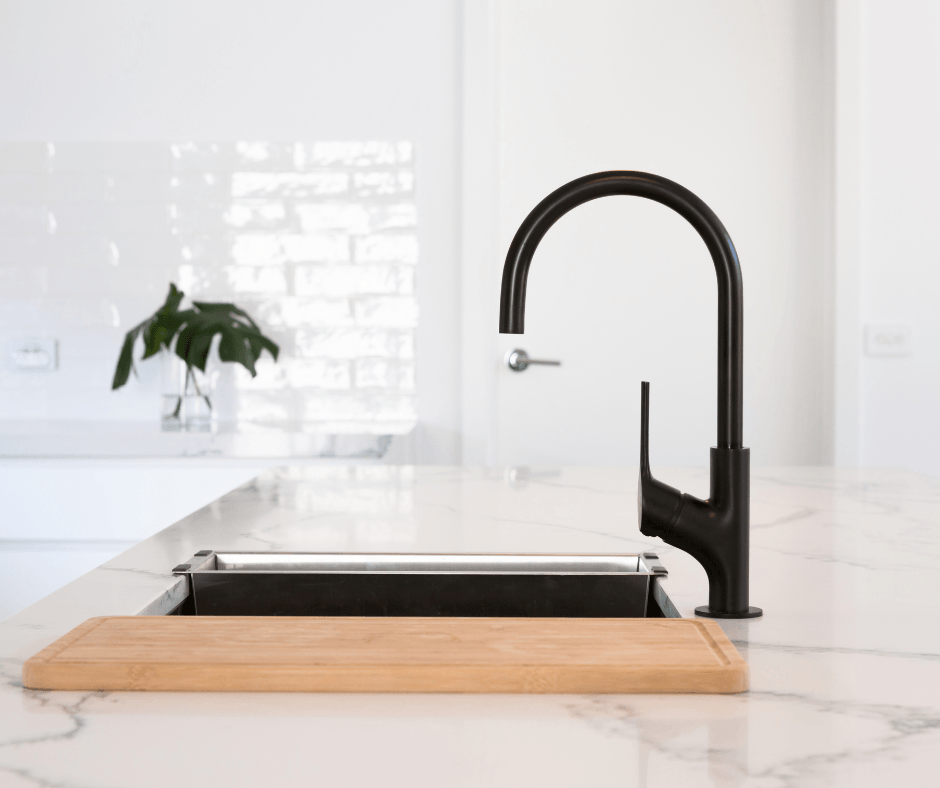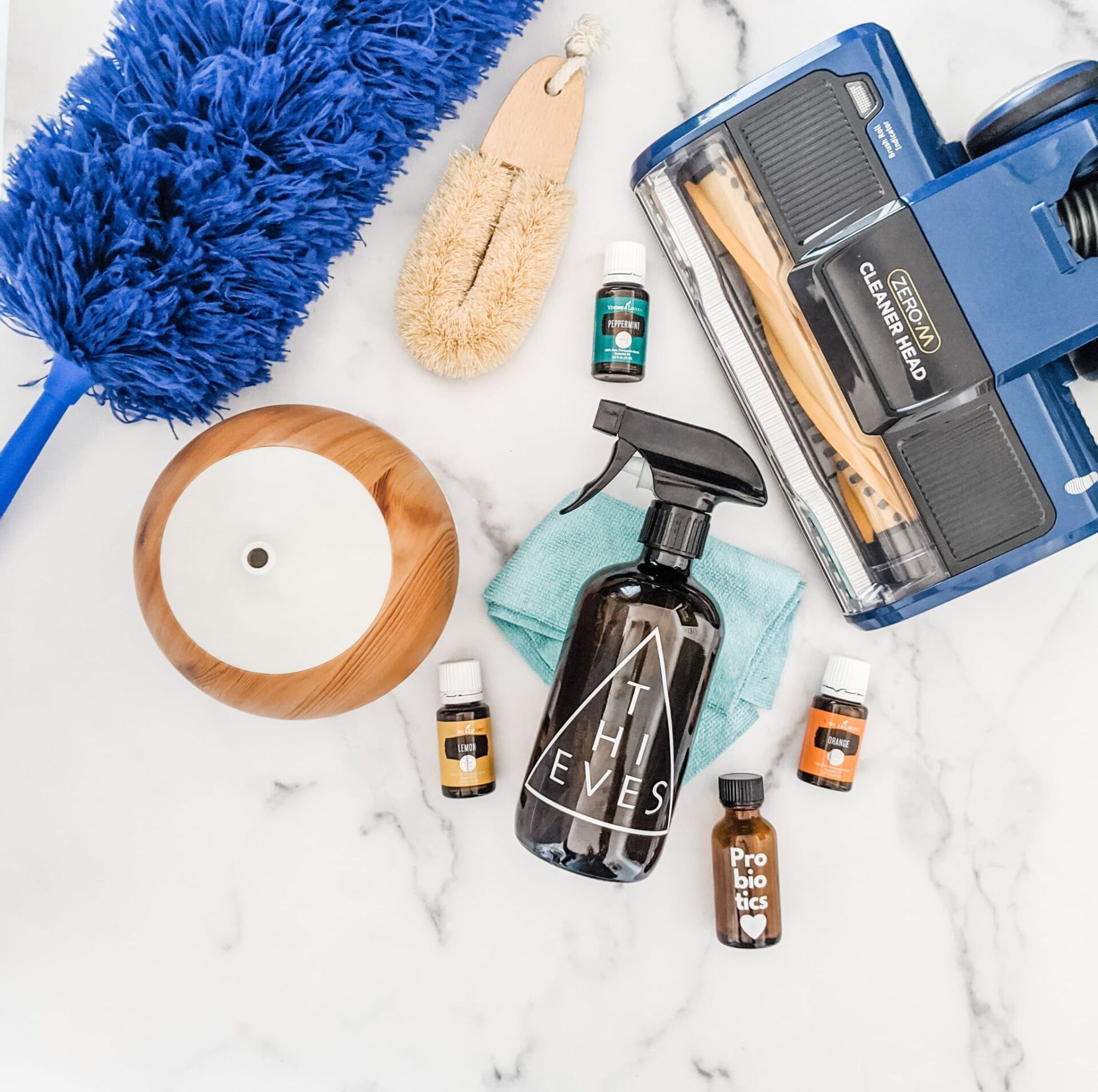DIY Lavender + Lemon natural dish soap for sensitive skin
Aly Essentially • June 17, 2019
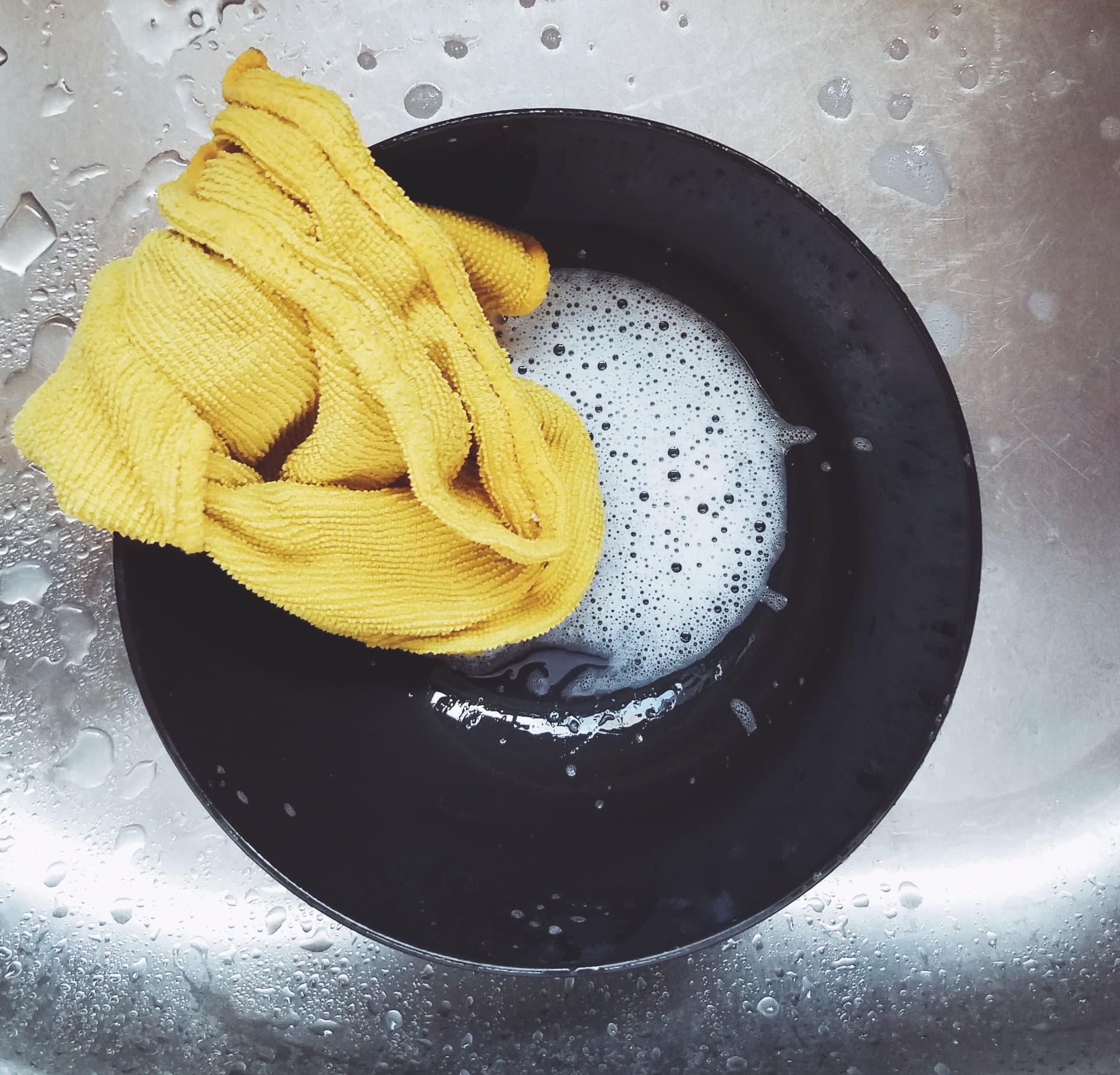
When researching for this article, I first went to the www.EWG.org
for toxic ratings. This organization lists ingredients of all sorts of products and gives them a rating based on how toxic it is to our health and the environment. Just a warning, once you start looking up your favorite products, you will likely get upset and appalled at the level of harmful chemicals that are packed into them and WANT to go natural! I hope so anyway!
So here is something to thing about: It took me about 5 seconds to find 284 "hand washing detergents" from 56 companies along with all of their specs (who knew there were so many dish soaps out there?!). Of those 284 hand washing products, 209 of those rated a C or lower (the ratings indicate the relative level of concern posed by exposure to the ingredients in this product). Some top selling liquid dish soaps that are major household names, are among the worst with a rating of "F." Ya'll an "F" is baaaaad. Ya'll know our skin is the largest organ of our body so touching toxic cleaners every day can cause issues. Effects to the body include damage to DNA, respiratory effects, developmental/endocrine/reproductive effects, digestive system effects, nervous system effects, acute aquatic toxicity, damage to vision, and cancer.
>>>Pause for dramatic effect<<<<
Ok, so yeah...we want to get away from all that nonsense! And a great way to do this is to make your own cleaning products with ingredients you know are natural and trust wont hurt your family.
DIY natural Lavender + Lemon dishsoap
Shopping list:
Organic Lavender castile soap (I use Dr. Bronner's)
Aloe gel
Organic washing soda
Organic vegetable glycerine
Lavender and Lemon essential oil (I use Young Living)
Step 1. Boil 1 1/4 cup water and pour in glass bowl
Step 2. Add 2/3 cup of Lavender castile soap. Stir.
Step 3. Add in 1 tbsp of aloe gel. This is for sensitive hands. Stir.
Step 4. Mix in 1 1/2 tsp washing soda. This is where the grease fighting power comes in. Then stir 1 tsp vegetable glycerin.
Step 5. 10 drops of Lavender, 10 drops of Lemon.
Step 6. Mix well!
Step 7. Transfer to bottle of your choice.
Step 8. Make your husband/partner do the dishes because you just spent the last 20 minutes thoughtfully making this healthy non toxic soap and you deserve a break!
Happy cleaning!
X
Aly
Blog
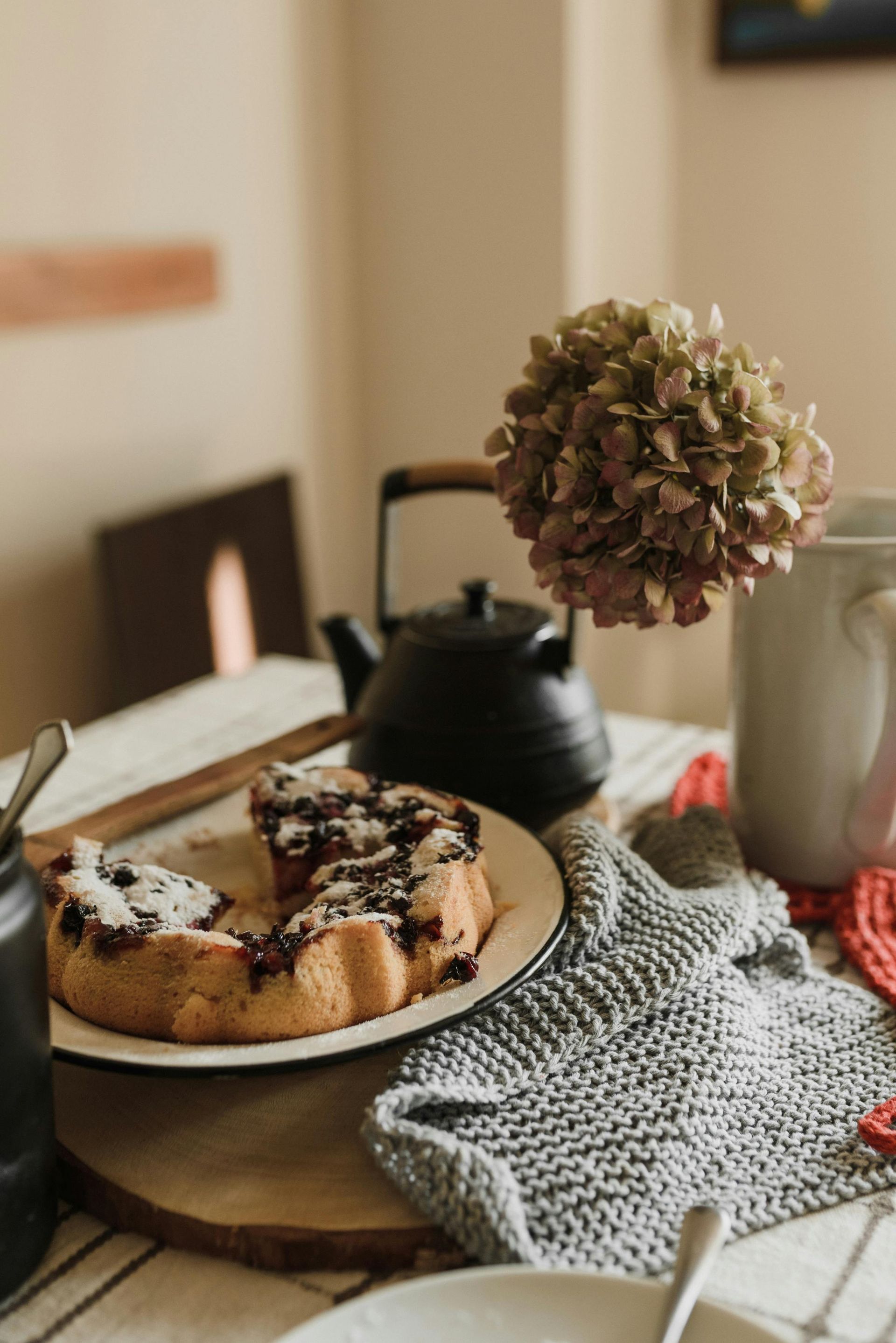
Fall is here—and with it comes crisp air, colorful leaves, and cozy evenings spent with family and friends. Whether you’re hosting a dinner party, welcoming overnight guests, or simply enjoying quiet evenings at home, a clean and inviting space makes all the difference. Here are a few tips to get your home ready for the season: 🍂 1. Deep Clean Before the Décor Before you pull out pumpkins and cozy blankets, start with a good deep clean. Focus on dusting ceiling fans, baseboards, and windows where summer pollen and dust may have built up. 🪟 2. Freshen the Air Naturally Synthetic “fall-scented” sprays may smell festive, but they often contain harmful chemicals. Instead, simmer cinnamon sticks, cloves, and orange peels on the stove, or use essential oil diffusers for a natural, cozy aroma. 🛋 3. Prep Guest Spaces Fall gatherings often mean overnight company. Wash bedding with natural laundry soap, add a seasonal throw blanket, and tuck in a small vase of autumn flowers to make guests feel welcome. 🍷 4. Kitchen & Dining Readiness The kitchen is the heart of any fall gathering. Declutter counters, clean out the fridge, and make sure your oven and stovetop are sparkling for those hearty soups and casseroles. 🕯 5. Cozy Touches Once your home is clean, layer on the cozy: candles, soft blankets, warm lighting, and seasonal décor that invites people to settle in and stay awhile. 💚 At Organically Maid, we specialize in helping families create warm, toxin-free spaces for every season. From deep cleans to recurring maintenance, we’ll make sure your home feels fresh, inviting, and holiday-ready.

When kids head back to school, they bring home more than just homework — they also bring home plenty of germs. Shared desks, lunch tables, and playgrounds are prime zones for bacteria and viruses to spread. While it's tempting to grab the strongest disinfectant on the shelf, many store-bought cleaners are packed with harsh chemicals that can affect your family’s respiratory health, skin, and long-term wellness. The good news? You can stop germs in their tracks and keep your home toxin-free with a few simple, natural strategies. Start at the Door Set up a "drop zone" by your home’s entryway to limit what comes inside. Shoes off: Encourage everyone to remove shoes at the door to prevent germs and allergens from spreading across your floors. Backpack station: Designate a hook or bin for school bags, and wipe them down with a DIY disinfecting spray made from white vinegar, water, and a few drops of tea tree or lavender essential oil. Handwashing first: Reinforce the habit of washing hands with gentle, fragrance-free soap as soon as kids walk in the door. Focus on High-Touch Surfaces Doorknobs, light switches, remote controls, and faucet handles are germ magnets. But many disinfectant sprays contain quaternary ammonium compounds (quats), which have been linked to asthma and skin irritation. Instead, opt for: Hydrogen peroxide spray (3%): A natural and effective way to disinfect without leaving harmful residue. Spray and let sit for 1 minute before wiping. Alcohol-based cleaner: Use a mix of 70% isopropyl alcohol and water to disinfect electronics and hard surfaces. Keep Personal Items Clean Lunchboxes and water bottles should be washed or wiped down daily. Lunchboxes: Wipe interiors with a mix of water and a few drops of castile soap, then rinse and air-dry. Water bottles: Scrub with baking soda and warm water once a day to prevent bacteria buildup. Encourage Healthy Habits Involving kids in cleaning tasks not only teaches responsibility but helps reinforce good hygiene. Keep a natural hand sanitizer (look for alcohol-based formulas with essential oils) in their backpacks and talk about covering coughs and sneezes, not sharing drinks, and keeping hands away from their faces. Maintain Good Air Quality When one person brings germs home, others can get sick simply from being in the same room. Open windows daily to air out the house, even for 15 minutes. Use HEPA filters in your vacuum and air purifier to trap airborne particles. Diffuse essential oils like eucalyptus, lemon, and tea tree to naturally freshen the air and reduce airborne microbes. By taking a few mindful steps, you can create a safer, healthier environment for your whole family—without relying on toxic chemicals. A cleaner home means fewer sick days, better focus, and more energy to enjoy the busy school year ahead. In the Dallas-Fort Worth area ? Organically Maid cleaning services can help keep your home or office sparkling naturally with organic and non-toxic cleaners and can save you time and energy! Contact us today for a free estimate. Disclaimer: The recommendations and recipes provided on the Organically Maid Blog are intended for informational purposes only. Please use caution and consult with a professional if you have any concerns or allergies. Organically Maid is not liable for any adverse effects or damages that may result from following the recommendations or recipes shared on this blog. Always follow manufacturer's recommendations and proceed at your own risk.
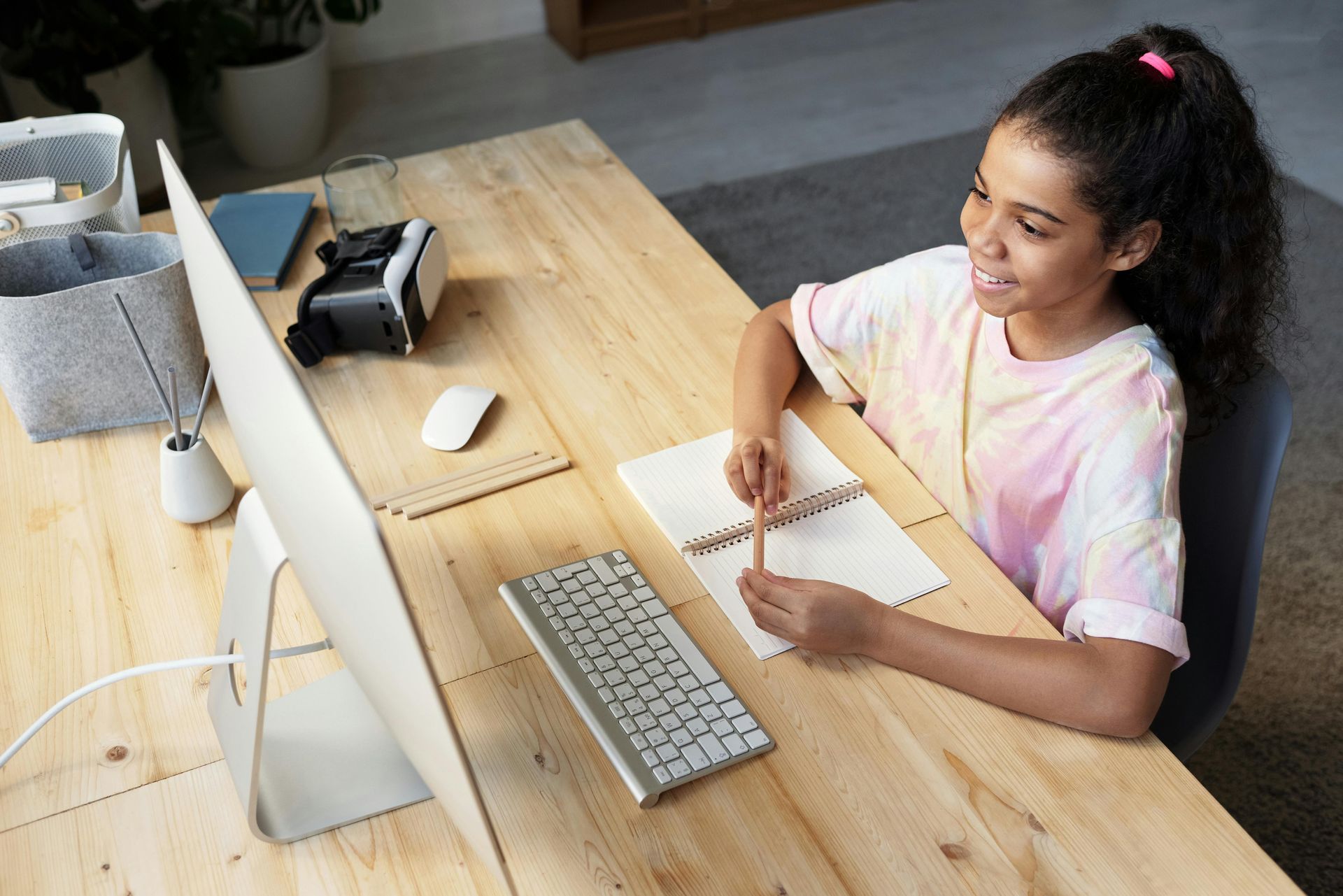
The back-to-school season brings new routines, responsibilities, and often… chaos. Between getting the kids out the door, managing after-school activities, and juggling work responsibilities, it can feel like you're living in a whirlwind. But there's one powerful tool that often gets overlooked during this time of transition: a clean and organized home. Research shows that our physical environment has a direct impact on our mental focus, emotional health, and ability to get things done. For kids, clutter can be distracting and overwhelming, making it harder to concentrate on homework or get out the door in the morning. For parents, mess and disorganization can increase stress, reduce patience, and make daily tasks more challenging. The good news? You don't need a spotless show home to see the benefits. Just a few simple shifts can create a space that supports everyone’s success. Here are some tips to help you clear the chaos and boost productivity: 1. Designate a Homework Station: Create a dedicated, clutter-free space for schoolwork. Whether it’s a corner of the kitchen or a desk in their room, the key is to keep it free from distractions and stocked with school supplies. 2. Create Catch-All Zones: Backpacks, shoes, jackets, and lunchboxes all need a place to land. Use labeled bins or hooks near the entrance to keep things contained and easy to find. 3. Use Natural Cleaners for Daily Wipe Downs: Kids (and adults) spend hours in these spaces, so choose non-toxic cleaners like vinegar + water or plant-based sprays to avoid harmful fumes while keeping things clean. 4. Ten-Minute Evening Reset: Before bed, spend 10 minutes as a family tidying up. It sets the tone for the next day and keeps the mess from piling up. 5. Declutter Weekly: Take time to clear out the little things that accumulate—old papers, broken pencils, outgrown clothes. It makes your space feel lighter and keeps everyone focused. In a clean and organized environment, kids are more likely to focus on their schoolwork, and parents can think more clearly and stay calm under pressure. Your home becomes a place of support rather than stress. If you're in the Dallas-Fort Worth area and want help keeping your home clean and chemical-free, Organically Maid is here to support you. We use only non-toxic, organic products that are safe for kids, pets, and the planet—so you can breathe easy and focus on what matters most. Disclaimer: The recommendations and recipes provided in this blog are for informational purposes only and are not intended as medical advice. Always perform a patch test before using any cleaning solution on delicate surfaces. Consult with a professional for any specific health or allergy concerns. Organically Maid does not assume liability for any damage or adverse reactions resulting from the use of these methods.
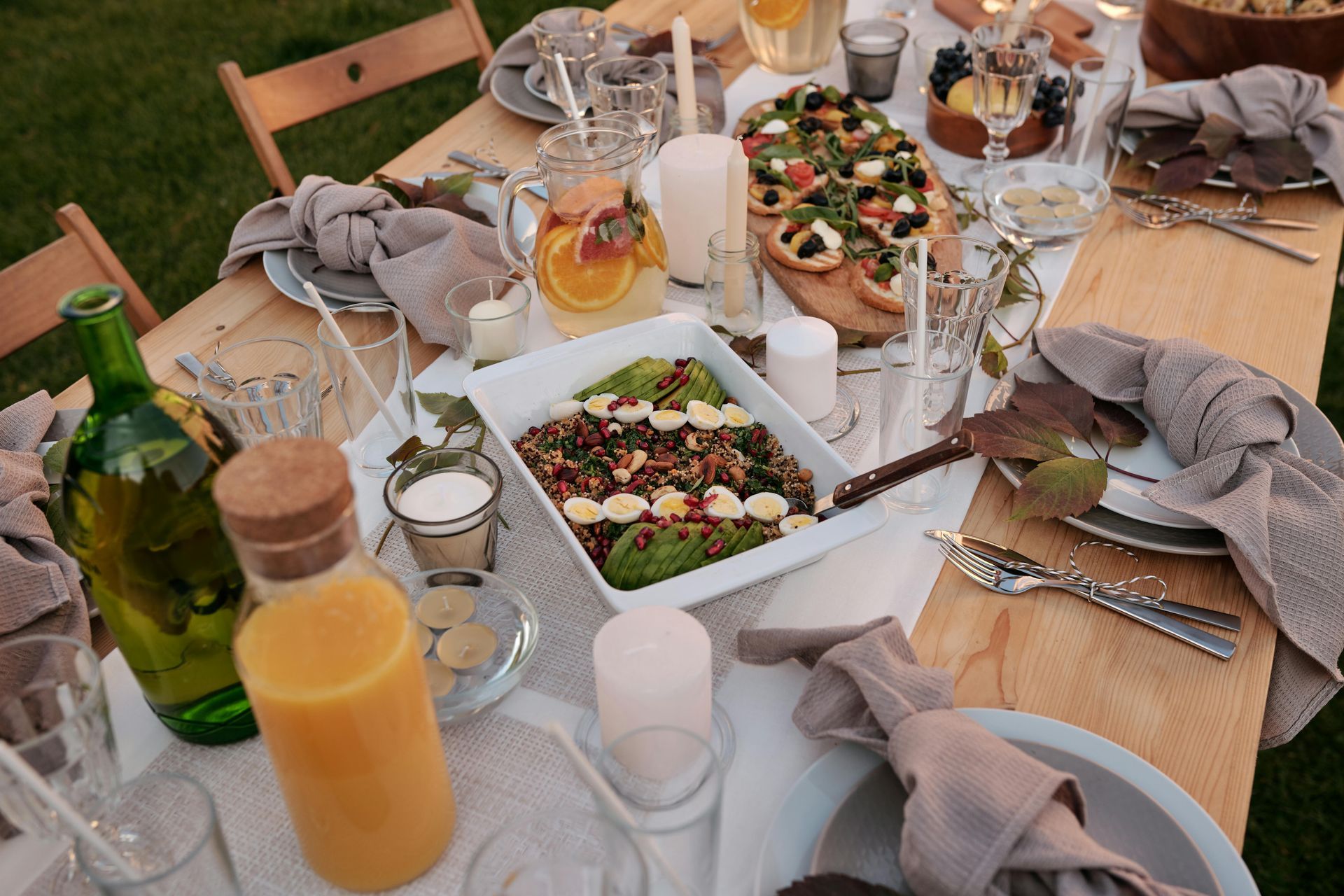
Summer parties are all about fun, sunshine, and making memories with friends and family—but hosting can come with a lot of pressure, especially when it comes to making sure your home is sparkling clean. Whether you’re planning a backyard BBQ, pool party, or elegant evening soiree, prepping your home with non-toxic, organic cleaners will make your space shine and keep your guests safe from harsh chemicals. Here’s your step-by-step guide to a fresh, welcoming home for your summer celebration! 1. Start With the Entryway: First Impressions Matter Your front door and entry area set the tone for the entire event. Make sure they’re clean and inviting. ✅ Sweep your porch and shake out the welcome mat ✅ Wipe down the front door and handle with an organic all-purpose spray ✅ Add a seasonal touch with fresh flowers or a citrus-scented diffuser DIY Natural Cleaner: Mix 1 cup water, 1 cup vinegar, and 10 drops of lemon or lavender essential oil in a spray bottle for a refreshing, all-natural cleaning spray. 2. Focus on High-Traffic Zones Guests will naturally gravitate toward the kitchen, living room, and bathroom, so focus your cleaning efforts there: ✅ Kitchen: Wipe down countertops with a baking soda paste or vinegar solution, and make your stainless steel appliances shine with a dab of olive oil on a cloth. ✅ Living Room: Dust surfaces, fluff pillows, vacuum under furniture, and open windows to let in fresh air. ✅ Bathroom: Scrub the sink, toilet, and mirror. Refill soap and hand towels. Add a plant or candle for ambiance. Organic Tip: Skip artificial fragrances. Simmer water with orange peels, cloves, and cinnamon sticks on the stove before guests arrive. 3. Don’t Forget Outdoor Spaces Summer parties often include patios, porches, or backyards. ✅ Hose down decks or patios and wipe down furniture with an eco-friendly soap and water mix. ✅ Clean the grill with a baking soda scrub to remove grease without chemicals. ✅ Mow the lawn and trim overgrown plants for a polished look. Pest-Free Party Tip: Mix water with a few drops of peppermint or citronella essential oil and spray it around seating areas to naturally repel bugs. 4. Prep Your Space the Day Before A little prep the day before your party can go a long way in reducing last-minute stress. ✅ Set out trash and recycling bins lined and ready ✅ Wipe down surfaces one final time with an organic cleaner ✅ Light a non-toxic candle or diffuse essential oils for a clean, calm scent 5. After-Party Cleanup Made Easy Once the last guest leaves, you’ll want a cleanup routine that’s fast and natural. ✅ Collect and sort trash and recycling ✅ Soak dishes with a vinegar and lemon solution to cut grease naturally ✅ Use a damp microfiber cloth to wipe down sticky surfaces or floors In the Dallas-Fort Worth area? Organically Maid cleaning services can help keep your home or office sparkling naturally with organic and non-toxic cleaners and can save you time and energy! Contact us today for a free estimate. 📌 Disclaimer: The recommendations and recipes provided on the Organically Maid Blog are intended for informational purposes only. Please use caution and consult with a professional if you have any concerns or allergies. Organically Maid is not liable for any adverse effects or damages that may result from following the recommendations or recipes shared on this blog. Always follow manufacturer’s recommendations and proceed at your own risk.

You love that freshly cleaned feeling after our team visits — the sparkling counters, crumb-free floors, and that light, citrusy scent in the air. But what about the days between your professional cleanings? Here’s the good news: keeping your home cleaner longer doesn’t mean spending hours a day tidying up or doing it all yourself. With a few small habits and smart systems, you can maintain that clean-home calm — with minimal effort. Here are our favorite low-effort, high-impact tips: ✅ 1. Embrace the “5-Minute Reset” At the end of the day (or after dinner), set a timer for 5–10 minutes. Have everyone in the house reset their own space: dishes in the dishwasher, shoes put away, blankets folded, toys in bins. Quick group resets prevent small messes from turning into full-blown chaos. 🧺 2. Keep a “Clutter Basket” in Every Room Instead of running around trying to tidy everything right away, keep a stylish basket in high-traffic areas. Toss in stray toys, mail, or out-of-place items. Once a day (or once a week), do a quick sort and put things back where they belong. 🌿 3. Choose Smarter Storage Make it easier for everyone to be tidy — especially kids — by using open bins, labeled baskets, and hooks at eye level. If your home is “set up to succeed,” less mess piles up. 🚪 4. Create a Drop Zone Keep dirt and clutter from spreading by creating a small landing area at the entrance: a mat for shoes, a basket for bags, and a hook for keys or backpacks. It keeps the mess contained and makes getting out the door easier, too. 🧼 5. Spot Clean as You Go A quick wipe of the bathroom counter after brushing your teeth or a swipe of the stovetop after cooking takes seconds — but makes a huge difference. Keep microfiber cloths or plant-based cleaning wipes handy in the kitchen and bathroom for easy access. 🤝 And Remember: You’re Not Meant to Do It All Keeping your home consistently clean doesn’t have to be a solo mission. When you have Organically Maid on your side, you’re already ahead of the game. With regular maintenance visits, your home stays fresh, your time stays yours, and your sanity stays intact. Want to make your clean last even longer? 📅 Book a recurring clean or join our Green Home Club for exclusive perks, priority scheduling, and a consistently beautiful space — no burnout required. 💚 You do your life. We’ll handle the clean.

When we think of self-care, images of spa days, bubble baths, and quiet walks in nature might come to mind. But what if one of the most impactful forms of self-care isn’t about adding something to your life — it’s about taking something off your plate? At Organically Maid, we believe that hiring a cleaning service isn’t an indulgence — it’s a practical, powerful act of self-care that supports your physical, mental, and emotional well-being. Here’s why: 🧠 1. A Clean Space = A Clearer Mind Clutter and mess create visual chaos that can increase stress, anxiety, and decision fatigue. Studies show that people in clean environments tend to sleep better, focus more easily, and feel less overwhelmed. By outsourcing your cleaning to professionals, you're not just creating a tidy home — you're creating a space for calm, clarity, and creativity to thrive. ⏰ 2. Your Time Is Precious Between work, parenting, appointments, errands, and trying to squeeze in rest, your time is more valuable than ever. Every hour you spend scrubbing baseboards is an hour you could spend doing something that restores you — connecting with family, catching up on sleep, or just taking a moment to breathe. Hiring a trusted cleaning service gives you back your most limited resource: time. 🌿 3. Your Health Matters — Physically and Emotionally At Organically Maid, we use non-toxic, eco-friendly products that are safe for families, pets, and the planet. Regular cleaning can reduce allergens, bacteria, and dust buildup — supporting your immune system and long-term health. And beyond the physical benefits? Coming home to a clean, peaceful space is an emotional lift that helps you reset after long or difficult days. 🏡 4. You Don’t Have to “Earn” a Clean Home Many of us grew up believing that we have to “do it all” to be good parents, partners, or professionals. But hiring help doesn’t mean you’re lazy or incapable — it means you’re wise enough to protect your energy and invest in what matters most. You deserve a home that feels like a sanctuary — not another to-do list. 💚 Self-Care Starts at Home Let us help lighten your load. Whether you need a one-time deep clean or want to join our Green Home Club for regular, recurring visits, we’re here to help you breathe easier — in every sense of the word. Ready to experience self-care through a clean, refreshed space? Request a quote today and take the first step toward a lighter, brighter life. Because peace of mind isn’t a luxury — it’s a necessity. In the Dallas-Fort Worth area? Organically Maid cleaning services can help keep your home or office sparkling naturally with organic and non-toxic cleaners and can save you time and energy! Contact us today for a free estimate.
